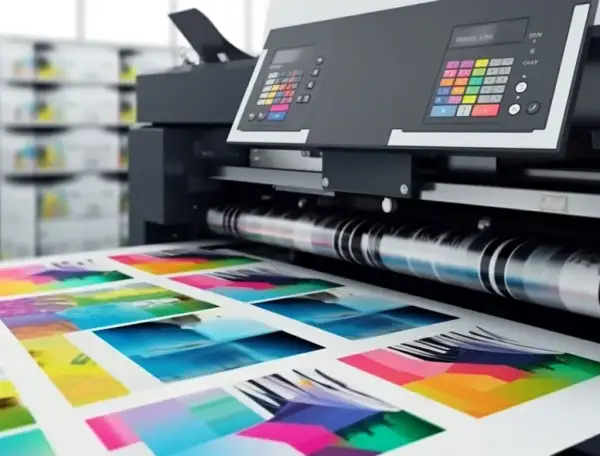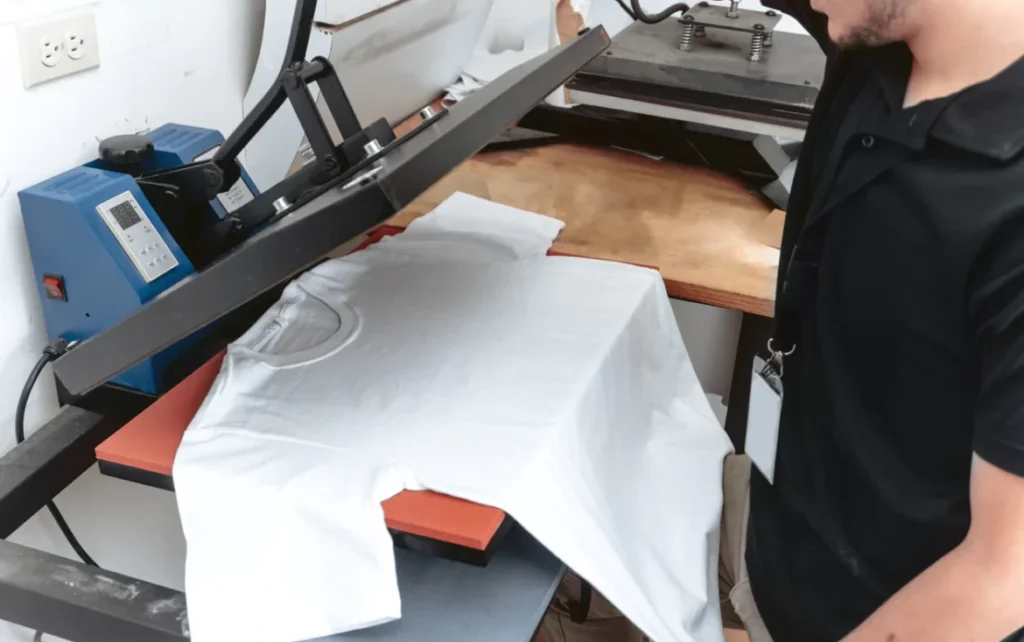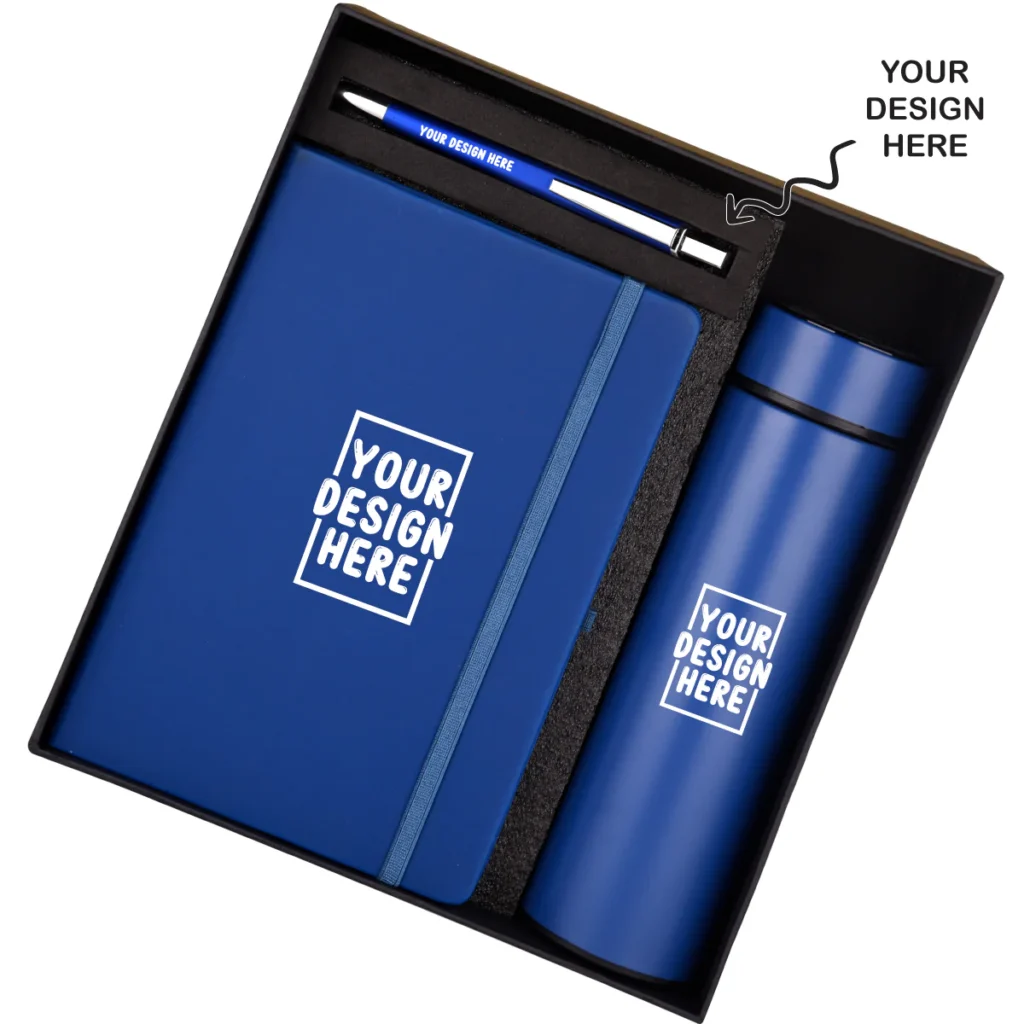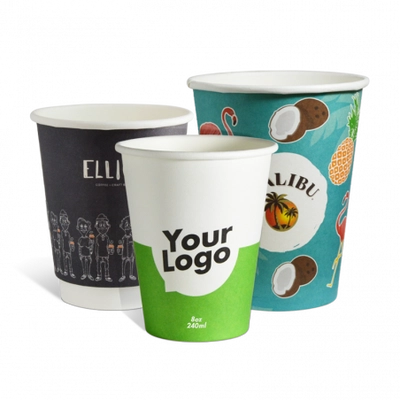Starting a Digital Printing & Branding Business in Kenya

Turning ideas into everyday products
The story (why this business pops)
A small bakery in Nairobi rebrands. New logo, fresh palette. They don’t just announce it—they wear it and serve it: staff in branded tees, a street-facing banner, thank-you mugs for loyal customers. Within weeks, the brand is everywhere—photos on Instagram, WhatsApp Status shout-outs, and a real uptick in walk-ins.
That’s the power of digital printing: taking an idea and turning it into visible, tangible marketing people carry, wear, and share.

Why this industry is thriving (deep dive)
- Booming SMEs → Constant demand
Kenya’s small businesses (shops, salons, gyms, cafés, schools) need to stand out. Branded tees for staff, shopfront banners, price lists, promo posters—these aren’t optional; they’re table stakes. - Event culture → Bulk orders
Weddings, ruracios, harambees, graduations, church and corporate events, political campaigns—each needs coordinated apparel, signage, and keepsakes. Seasonality helps (wedding seasons, back-to-school, Q4 corporate gifting). - Social media → Design-first thinking
Brands chase “photo-worthy” moments. If your print looks good on camera (clean color, sharp edges, zero cracking), you win repeat business. - Tech costs down → Lower barriers
Heat presses, DTF/DTG, sublimation, solvent/eco-solvent large-format printers are more accessible. You can start lean and scale.
What you can print & how (with lead times, techniques, margins)
1) Clothing (T-shirts, hoodies, caps, jerseys)
- Techniques:
- HTV (Heat Transfer Vinyl): Great for names, numbers, simple logos. Low setup, fast.
- DTF (Direct-to-Film): Full color, durable, works on many fabrics, small or large batches.
- Screen printing: Best for bulk (100+), flat colors; high setup but low per-unit cost.
- DTG (Direct-to-Garment): Photoreal prints on cotton; higher unit cost, premium look.
- Lead time: Same-day to 3 days (HTV/DTF/small DTG); 3–7 days (screen/bulk).
- Quality tips: Pre-wash blanks to reduce shrink, pre-press to remove moisture, use test swatches, press with correct temp/pressure/time.
- Typical margin (example): See pricing math below.

2) Drinkware (mugs, flasks, bottles)
- Technique: Sublimation on polymer-coated mugs or stainless flasks with sublimation coating.
- Lead time: Same-day to 48 hours.
- Quality tips: Only use coated blanks; calibrate press wraps; avoid visible banding (ink/paper settings).
- Add-ons: Gift boxes, name personalization (upsell).
3) Outdoor branding (banners, flags, posters)
- Technique: Large-format solvent/eco-solvent/UV printing on flex, mesh, fabric.
- Lead time: 24–72 hours (incl. hemming, eyelets).
- Quality tips: Request vector logos, convert text to outlines, check viewing distance to balance resolution and file size.
4) Office & corporate items (pens, diaries, notebooks, mousepads)
- Technique: Pad printing, UV flatbed, sublimation, or vinyl decals (for small runs).
- Lead time: 3–5 days (depends on supplier stock).
- Playbook: Build Q4 gifting catalog; pre-sell Sept–Nov.

5) Event merchandise (wristbands, tote bags, stickers)
- Technique: Screen printing (totes), DTF/HTV (totes), digital kiss-cut (stickers).
- Lead time: 2–5 days.
- Bundles: “Event pack” = banner + 50 tees + 50 stickers + 20 mugs.
Pricing & margin math (clear examples)
These are illustrative mid-market numbers. Adjust to your costs and brand positioning.
A) Branded T-shirt (DTF/HTV, 1 side)
- Blank tee (quality cotton): KES 250
- Film/vinyl + ink/paper (per tee): 100
- Power, wear & tear (allocated): 30
- Labor (press + finishing): 80
- COGS: 250 + 100 + 30 + 80 = 460
- Sell price: 800 → Gross profit: 800 − 460 = 340 (≈ 42.5% of price)
B) Sublimation mug
- Coated mug blank: 230
- Paper + ink: 40
- Box/packaging: 30
- Labor + power: 60
- COGS: 360
- Sell price: 700 → Gross profit: 340 (≈ 48.6%)
C) 6×3 ft banner (18 sq ft)
- Flex material + ink (est.): 3,000
- Eyelets/hemming: 200
- Labor: 200
- COGS: 3,400
- Sell price: 18 sq ft × 450 = 8,100 → Gross profit: 4,700 (≈ 58%)
Improve margin by: bulk buying blanks, standardizing sizes, batching prints, and reducing reprints via stronger artwork checks.
Trends → what they mean & how to use them
- Eco-friendly printing
Offer organic cotton tees, water-based inks, recyclable packaging. Create an “Eco Line” pricing tier and market it to schools, NGOs, and wellness brands. - On-demand personalization
One-off gifts (name tees, photo mugs) via WhatsApp/IG DM + Mpesa. Use templates to keep design time low. Promise 24–48h turnaround. - Full-color sublimation & DTF
Push photoreal graphics that don’t crack. Keep a swatch book to show clients durability vs. basic vinyl. - AR-enhanced/QR branding
Add a QR on banners/tees linked to a promo or menu. Track scans with UTM links; report results to clients (they love data). - Niche micro-stores
Team up with schools, estates, gyms, parishes: set up small online “merch pages” with preset designs. You print on demand—no inventory risk.

Step-by-step setup (with pro tips)
- Market research
List 30 nearby orgs: schools, SACCOS, SMEs, churches, event planners. What do they currently use? What’s missing? Who supplies them now? - Pick a niche & offer
Examples: Corporate bundles, Wedding packs, School spirit wear, Gym merch, Church/choir kits. A tight offer converts faster. - Equipment path
- Starter: Heat press + sublimation printer + vinyl cutter.
- Growth: Add DTF printer and small eco-solvent for banners.
- Pro: Large-format + laminator + screen carousel (for bulk tees).
- Suppliers & stock
Keep fast-moving sizes (M/L/XL) and white/black tees in depth; maintain safety stock of coated mugs, vinyl colors (white/black/gold). Set reorder points. - Brand & shopfront
Clean sample wall (tees, mugs, banner corners), clear price board, lighting for product photos. If online only, keep a neat Instagram grid and saved highlights (Sizes | Prices | Care | Delivery). - Design workflow
Client brief → mockup (front/back views) → payment/deposit → print test (where needed) → production → QC → packaging → delivery. Save every approved proof. - Promotion plan
- Social proof: before/after logos, short reels of the press in action.
- Partnerships: event planners, schools, realtors, gyms.
- Referral: “Bring a client, get 10% off your next order.”
- Seasonal calendars: back-to-school, graduation months, Q4 corporate gifts.
Full budget (startup + monthly opex + breakeven)
Startup (CapEx & opening stock)
| Item | Cost (KES) |
|---|---|
| Heat press (38×38cm or larger) | 45,000–80,000 |
| Sublimation printer (A4/A3) | 25,000–60,000 |
| Vinyl cutter (24–34″) | 30,000–50,000 |
| Initial blanks (tees, mugs) | 20,000–50,000 |
| Computer + design software | 40,000–80,000 |
| Large-format printer (optional growth) | 180,000–450,000 |
| Tools & finishing (trimmers, eyelets) | 10,000–25,000 |
| Branding, signage, photo lightbox | 10,000–30,000 |
| Licenses/permits cushion | 10,000–20,000 |
| Estimated total | 185,000–380,000 (starter) / 365,000–845,000 (with large-format) |
Monthly operating costs
| Expense | KES / month |
|---|---|
| Rent (small shop) | 15,000–30,000 |
| Utilities + Internet | 5,000–8,000 |
| Materials replenishment | 20,000–50,000 |
| Staff (1–2 people) | 25,000–60,000 |
| Marketing & ads | 5,000–15,000 |
| Maintenance/consumables | 2,000–5,000 |
| Total opex | 72,000–168,000 |
Breakeven example (how many jobs?)
- Assume monthly fixed costs = KES 120,000.
- Average gross profit per typical job (mix of tees/mugs/banners) = KES 3,000.
- Breakeven jobs = 120,000 ÷ 3,000 = 40 jobs/month (≈ 10 jobs/week).
- Improve by raising AOV (bundles), better margins (bulk blanks), and reducing reprints (strong QC).
Quality control & production workflow (save yourself reprints)
- Artwork intake: request vector logos (AI/EPS/SVG) or high-res PNGs; confirm Pantone/brand colors.
- Pre-press: convert to CMYK (for print), check bleed, mirror images for sublimation, scale to real size.
- Proof: send mockup with sizes/placements; get written approval.
- Test print: small swatch for new materials/clients.
- Production: batch jobs by color/material to minimize press setup time.
- QC checklist: color accuracy, alignment, pressure marks, cracks, peeling edges.
- Packaging & care card: include washing/care instructions to cut warranty claims.
- Aftercare follow-up: 48-hour “Everything okay?” message builds trust.
Legal & compliance (quick guide—not legal advice)
- County Single Business Permit; signage permit for outdoor signs.
- Copyright/trademark: get client’s proof of logo ownership; avoid protected marks.
- Receipts & taxes: record sales, keep invoices for materials.
- Public banners: some counties require placement approvals/fines for illegal postings.
Customer experience playbook
- Clear lead times (e.g., DTF tees: 24–48h; Banners: 24–72h).
- Tiered service: standard vs. express (20–30% rush fee).
- Simple price menus posted on wall/Instagram highlights.
- Reorder memory: keep print files so clients can reorder in one message.
- Guarantee: 7-day reprint for manufacturing defects (not misuse).
KPIs to track weekly
- Leads → orders conversion %
- Average order value (AOV)
- Gross margin % by product
- On-time delivery rate
- Reprint rate % (quality issues)
- Customer repeat rate and LTV
- Cash in vs. payables (materials, rent)
Team & skills
- Designer: brand understanding, file prep, mockups.
- Press operator: temps, pressures, materials.
- Finisher/packer: trimming, eyelets, folding, boxing.
- Sales/admin: quotations, follow-ups, WhatsApp etiquette.
How PESABOOK helps (practical, day-to-day)
1) Job costing & real profits—per order
- Create SKUs (e.g., TEE-DTF-1SIDE, MUG-SUB, BAN-6×3).
- Log materials (blank + film + ink + box) and labor.
- See true gross profit by job and product line. No more guessing.
2) Expense control & cashflow clarity
- Track daily material spends (vinyl, paper, inks) and fixed costs (rent, internet).
- Compare Cash In vs. Cash Out so you spot margin squeeze early.
3) Commissions without conflict
- If you have a salesperson or designer on commission, PESABOOK auto-calculates based on sales—clean summaries, no arguments.
4) Customer database & smart reorders
- Save client files, sizes, past orders.
- Tag by segment (Schools, Weddings, SMEs).
- One-click SMS campaigns:
- “Graduation pack promo ends Friday.”
- “Corporate diaries: early-bird rates until Oct 15.”
- “Your 2024 staff tees: want the 2025 refresh?”
5) Quotes, deposits, and balances
- Record quotes, mark confirmed orders with deposit received, track balances before pickup/delivery.
- Filter overdue balances; send polite reminders.
6) Product performance dashboard
- Know which line makes the money (mugs vs. tees vs. banners).
- Kill low-margin time-sinks; double down on winners.
7) Seasonality planner
- Review last year’s peaks (e.g., Q4 gifts, campaign seasons).
- Pre-order blanks; schedule staff; set targeted promos.
Net effect: fewer leaks, clearer margins, faster growth—and everyone on your team sees the same numbers.
Common pitfalls (and fixes)
- Price wars: Don’t race to the bottom. Compete on speed, design quality, durability, and service.
- Reprints eating profit: Tighten proofs and QC; add care cards.
- Stock-outs: Set reorder points in PESABOOK; keep a 2-week buffer on fast movers.
- Over-customization drain: Use editable templates to keep design time billable or minimal.
Final take
If you can turn a blank tee into a statement, a plain mug into a memory, or a wall into a billboard, you can build a serious business. Pair solid craft with tight operations and PESABOOK doing the back-office heavy lifting—and you’ll grow from “one-off gifts” to trusted branding partner for schools, SMEs, and corporates.